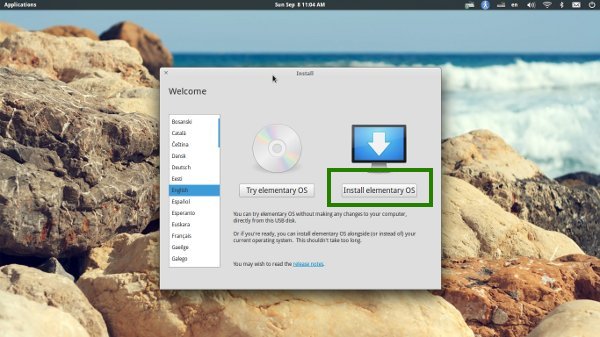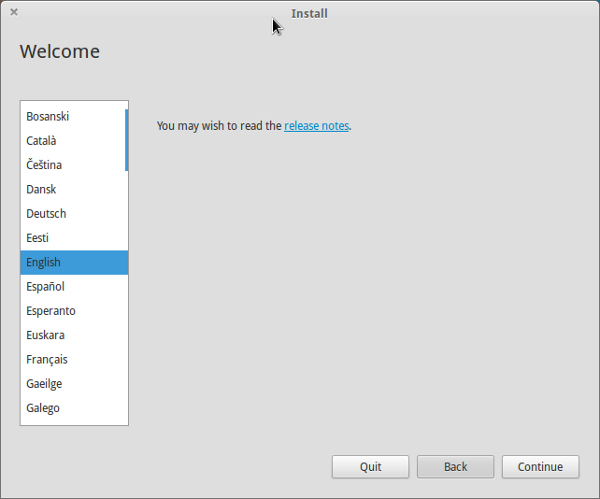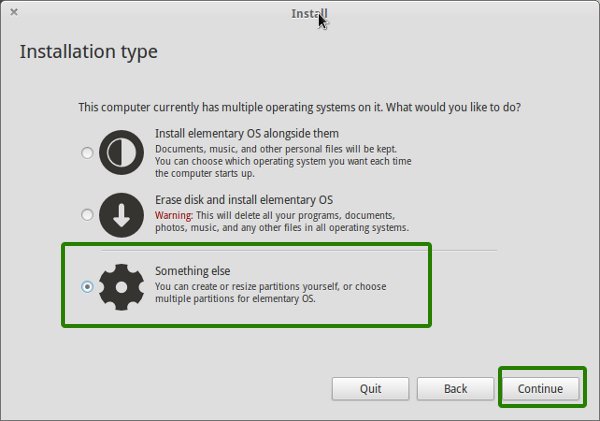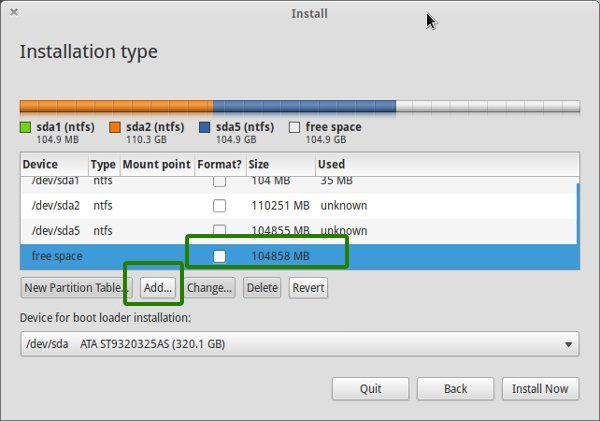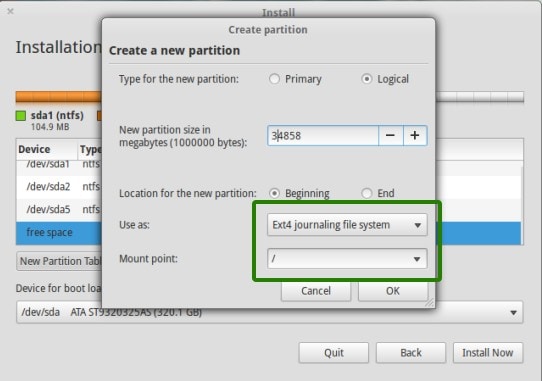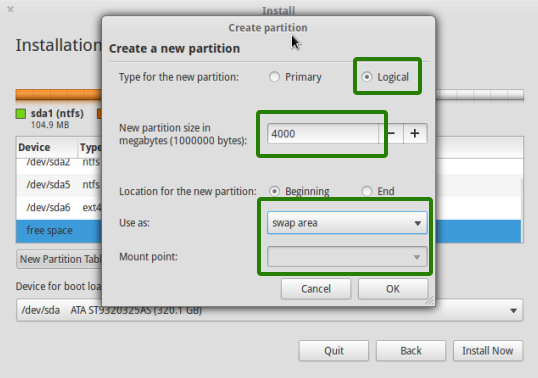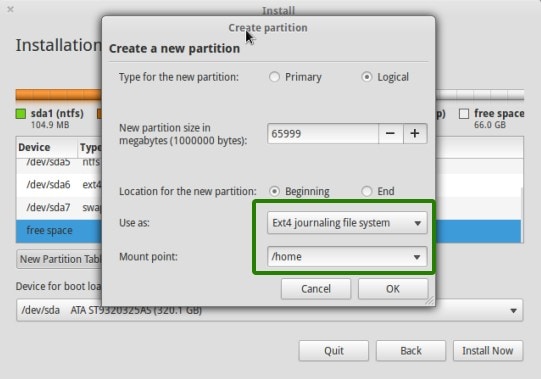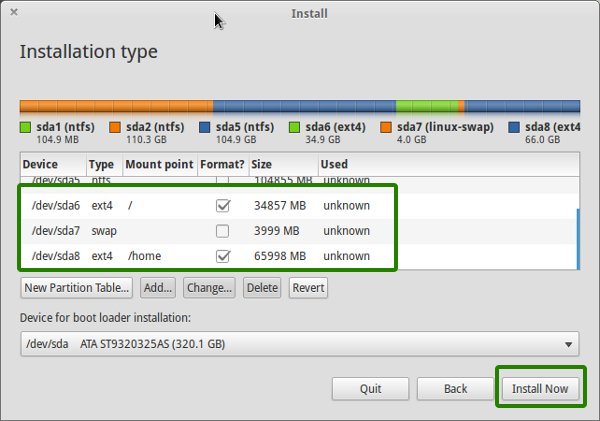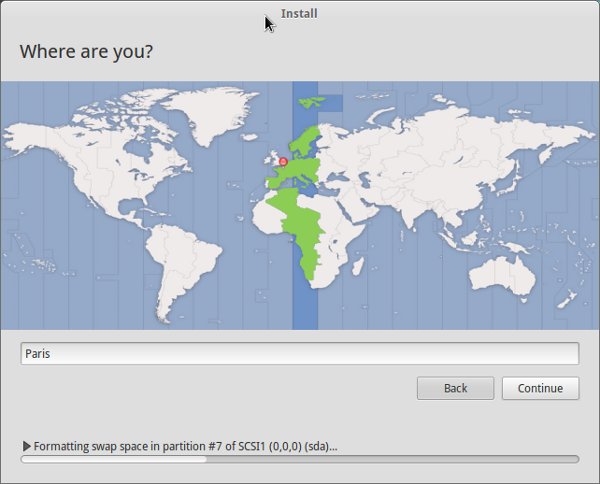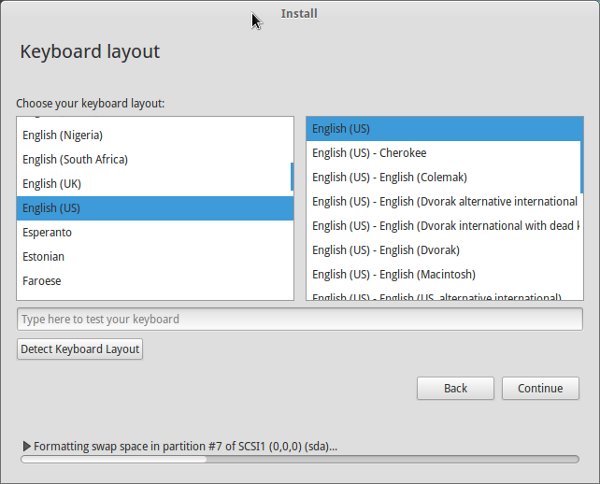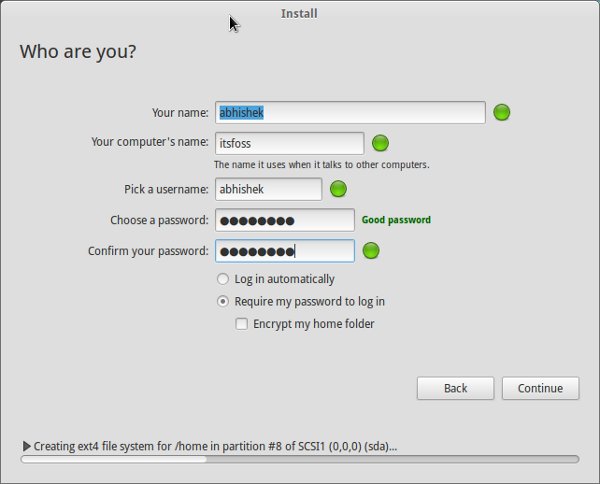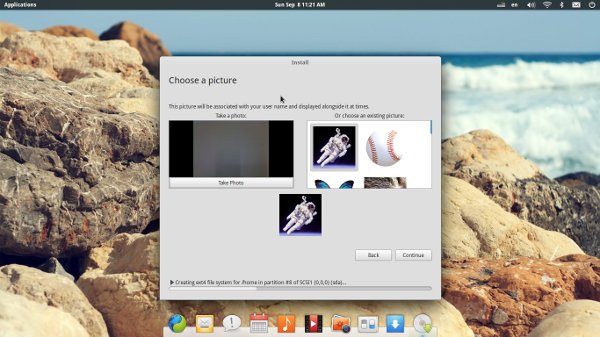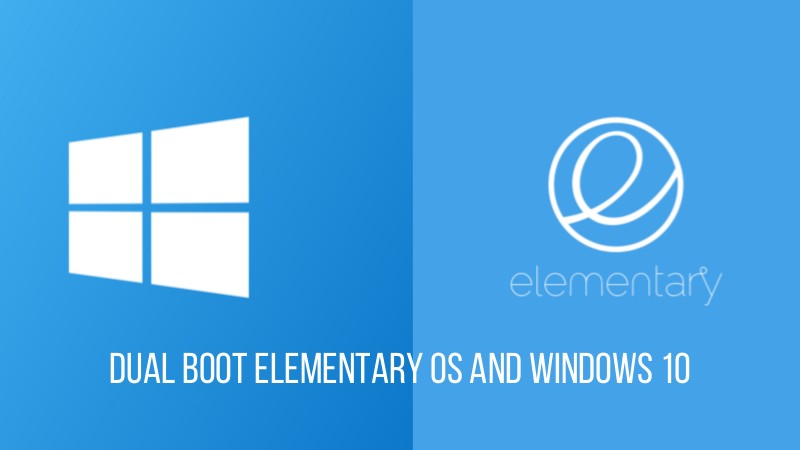
Brief: This step-by-step guide shows you how to install elementary OS in dual boot with Windows.
elementary OS is one of those Linux distributions that look like MacOS. If you are impressed with its features, you might want to give it a try yourself. In this tutorial, you’ll see how to install elementary OS Loki in dual boot with Windows.
I always prefer dual boot Linux with Windows. It gives me a way to recover in case I screw up my Linux system. Also, using Windows application in Linux is not always very friendly, so dual boot gives an additional degree of freedom in case you must use Windows only program.
Install Elementary OS in dual boot with Windows:
Before you follow the steps below to dual boot Elementary OS with Windows, please take care of a few optional yet recommended things:
- Create a back up of your existing data on an external disk
- If possible, keep a recovery disk of Windows. If not, have a bootable Windows disk. This will come handy if you encounter any unexpected error with the boot.
Remember that you are going to manually change the partition. While it’s not complicated but if you go wrong, you may lose your data. This is why you should backup your existing data and keep a Windows installation media. It’s for your own safety.
Step 1: Create a live USB or disk
Download and create a live USB of Elementary OS. The process is really simple. Download elementary OS ISO:
You’ll need a tool to create the bootable live disk. I recommend using Universal USB Installer for Windows:
Make sure that you have your USB key plugged in. Just double-click on the downloaded software to run it and then browse to the location of downloaded ISO. It will look similar to this:
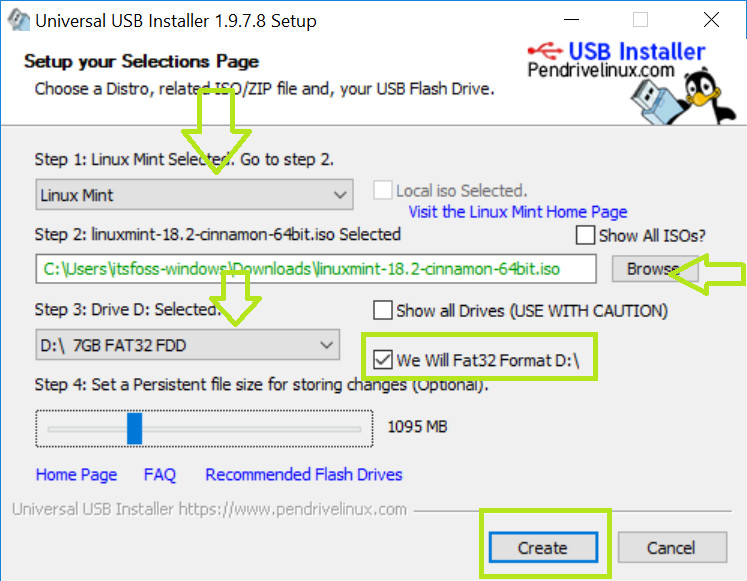
Step 2: Make some free space for elementary OS
You need to make some free space on your existing hard drive where you’ll install elementary OS. I recommend allocating 30-40 GB for a comfortable use. You can allot more space if you want.
If you have several partitions already (Drive D, E, F etc), I suggest deleting one of them to create free space. This will delete the data on that partition, so make sure you move the data someplace else.
If you just have one partition (C Drive), you can shrink it to make some free space. This won’t impact the data already on your C Drive but a backup to external disk is still recommended.
Now to change the partition, go to start menu and type ‘partition’. This will bring up Disk Management utility.
In here, look for the partition you want to alter. Since I had just one C Drive, I am going to shrink it and make some free space.
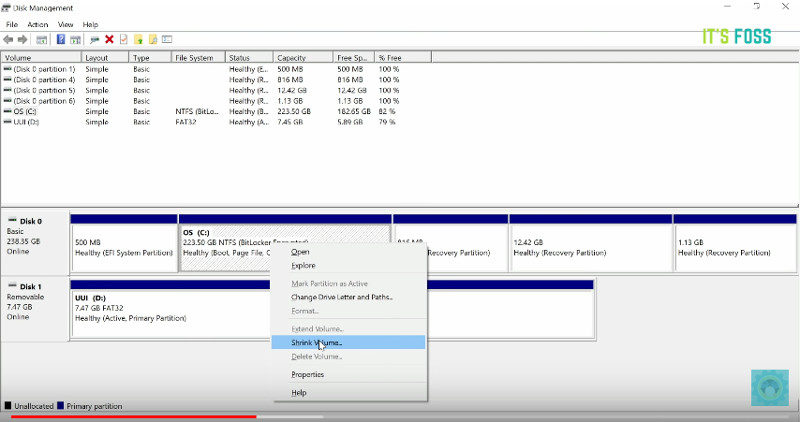
Step 3: Disable secure boot [for some old systems]
Microsoft introduced this feature in Windows 8 computers in 2012. Initially, it created an issue for dual boot systems but lately, it is well handled by Linux systems like Ubuntu. Since elementary OS is based on Ubuntu, it also handles secure boot correctly.
However, some older PCs may find some issue with dual boot because of secure boot. If your system was purchased before 2013, I recommend to turn it off. Read this guide to know how to disable secure boot.
Step 4: Boot from the live USB
Plug the live USB or disk into the computer and restart the computer. While booting the computer keep pressing F2, F10 or F12 function key (differs from computer to computer) to go to the boot menu. In here, choose the option to boot from USB or Removable Media.
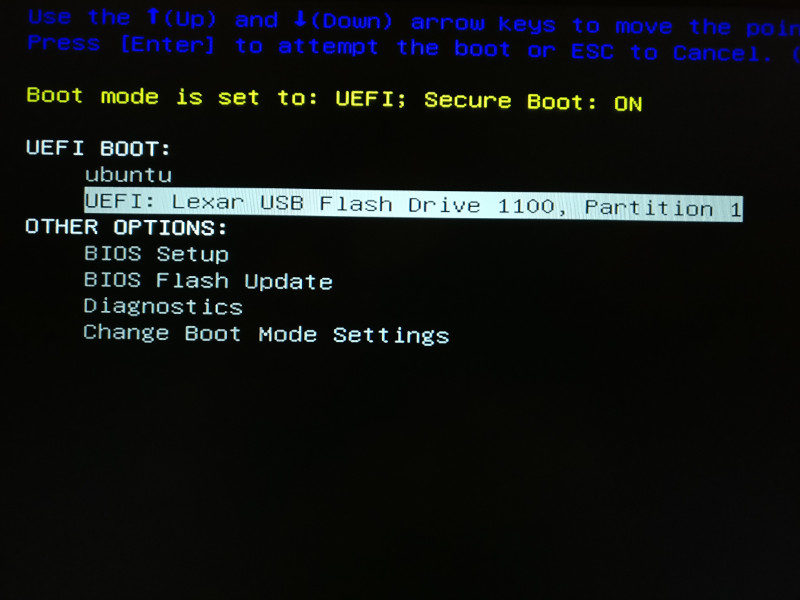
Step 5: Start the installation of elementary OS
It takes some time to boot from the live USB or disk. Have some patience. Once it boots in to live disk, you’ll be provided to Try Elementary OS or Install Elementary OS. No need to tell you what to do here.
In next few screens, you’ll be asked to choose the language of the operating system to be installed. It will then do some checks on available space and other petty stuffs.
Step 6: Prepare the partition
Now comes the important stuff. Where to install Elementary OS Linux? My favorite way is to create separate partitions for Linux and Windows. Since Windows is already installed here, we’ll prepare a new partition to install Elementary OS Luna. Choose Something else in Installation Type window:
Step 7: Create root, swap and home
Since you already have created free space on your hard drive, its time to install Linux system on it. There are several ways to do it. But in this post, I am going to show you my favorite way and that is to have a Root, a Swap, and a Home. I’ll discuss why this is my favorite way in some other article. Let’s just focus here on the installation of Elementary OS.
Create a root partition first. Choose on the free space available and click on add. It needs minimum 6 GB but if you could allot more, it will be better. I usually allot it around 18-20 GB but anything above 12 GB will be more than sufficient.
In here, choose the size of root, choose ext4 file system, and mount point as / (i.e. root):
Now, next is to create the swap partition. It is advised by many that Swap should be double of your RAM if you have RAM within 2GB. If you have more than 6 GB of RAM, swap should be half the size of RAM.
The next step is to create Home. Try to allocate the maximum size to Home. After all, this is where you’ll be installing, keeping the files mostly.
Once you have created the Root, Swap and Home partition successfully, click on Install now to proceed with installing Elementary OS (or any other Linux OS). I hope you don’t run into Grub rescue error for messing up with the partition.
Step 6: Follow the trivial instructions
Once you have created the partition successfully, you have almost won the battle, no kidding. Now you will be taken through a number of screens with a number of things to do for which you don’t need to be Einstein or Ramanujan. I have put the screenshots just for reference:
Once the installation is over, you should be notified by a message like this:
When you click on the Restart Now, it is a good practice to remove the USB to avoid booting from USB again (if the boot order is set to USB first).
And that would be it. On next boot, you will see the option of Elementary OS on grub screen. And thus you can enjoy the beautiful and elegant Elementary OS.
I hope you found this guide to install Elementary OS Loki alongside Windows helpful. If you have questions, suggestions or a word of thanks, feel free to drop a comment. Don’t forget to stay in touch on Facebook and Google Plus.

